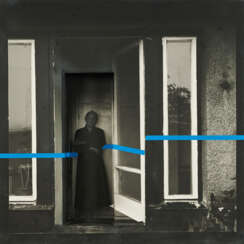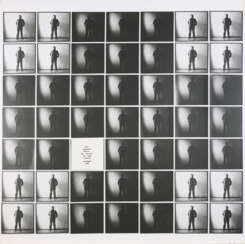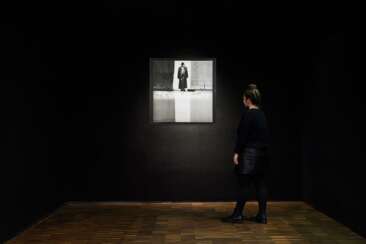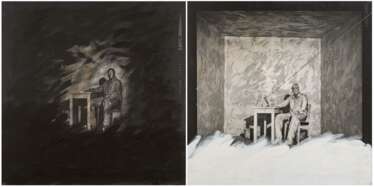lothar wolleh (1930 - 1979)
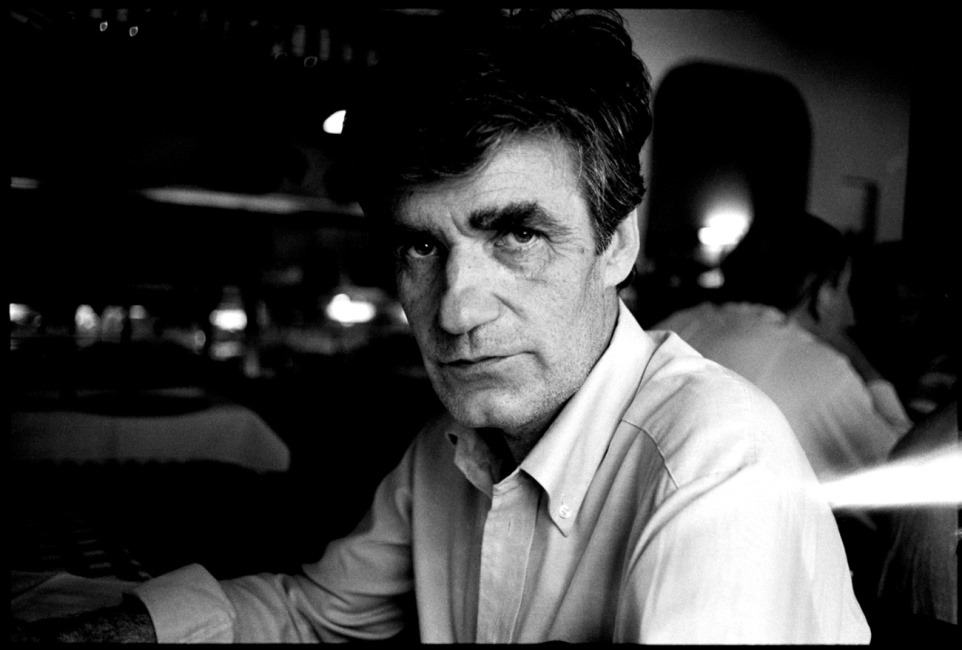
Lothar Wolleh is a German photographer.
Lothar Wolleh had a difficult fate: after the war he spent many years first in Allied captivity and then in the USSR, and only after returning to Berlin in 1956 was he able to resume his education at Lette-Verein, the school of photography, design and fashion.
As one of the most expensive and well-known photographers in the FRG of the 1960s, Wolleh worked successfully in fashion and advertising, collaborating with Deutsche Bundesbahn, Tchibo and Volkswagen. In 1969, Wolleh traveled around the Soviet Union for several months. Photographs taken on this trip were included in the illustrated book "The USSR - The Soviet State and its People", published in 1970.
But Wolleh's greatest fame and popularity came from his 109 portraits of contemporary artists. He began this series in the late 1960s and devoted all the following years of his life to it. His works are so recognizable and distinctive that they often became the reference portraits of the photographed artists.
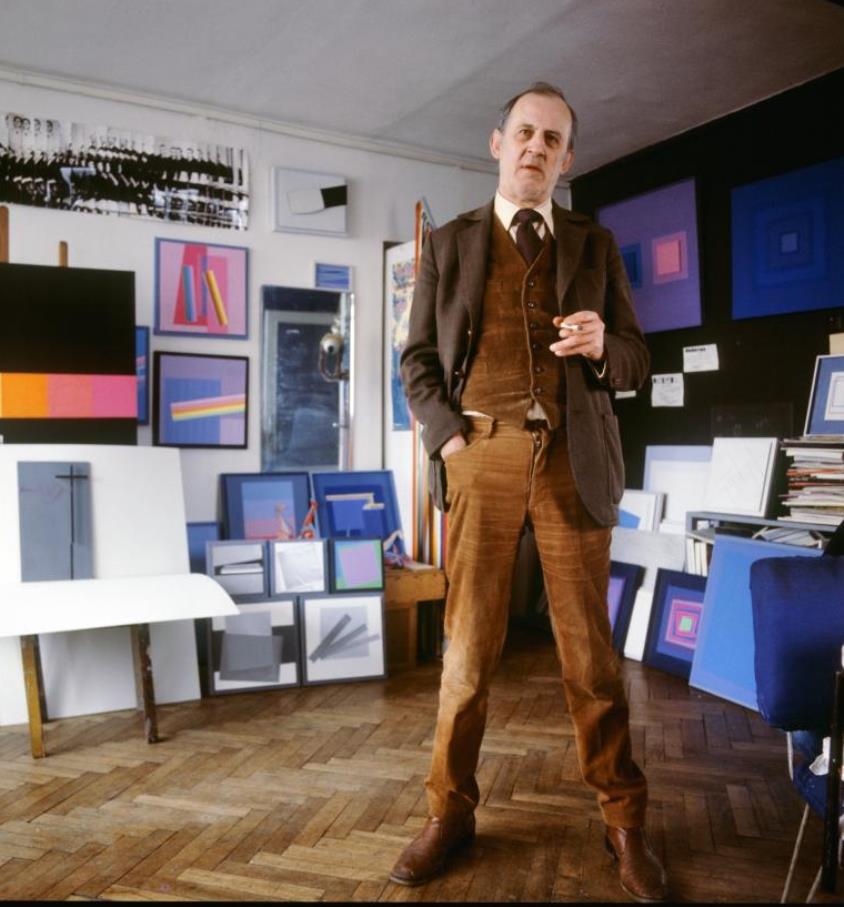
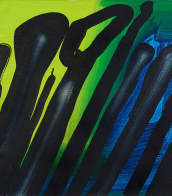

Lothar Wolleh is a German photographer.
Lothar Wolleh had a difficult fate: after the war he spent many years first in Allied captivity and then in the USSR, and only after returning to Berlin in 1956 was he able to resume his education at Lette-Verein, the school of photography, design and fashion.
As one of the most expensive and well-known photographers in the FRG of the 1960s, Wolleh worked successfully in fashion and advertising, collaborating with Deutsche Bundesbahn, Tchibo and Volkswagen. In 1969, Wolleh traveled around the Soviet Union for several months. Photographs taken on this trip were included in the illustrated book "The USSR - The Soviet State and its People", published in 1970.
But Wolleh's greatest fame and popularity came from his 109 portraits of contemporary artists. He began this series in the late 1960s and devoted all the following years of his life to it. His works are so recognizable and distinctive that they often became the reference portraits of the photographed artists.
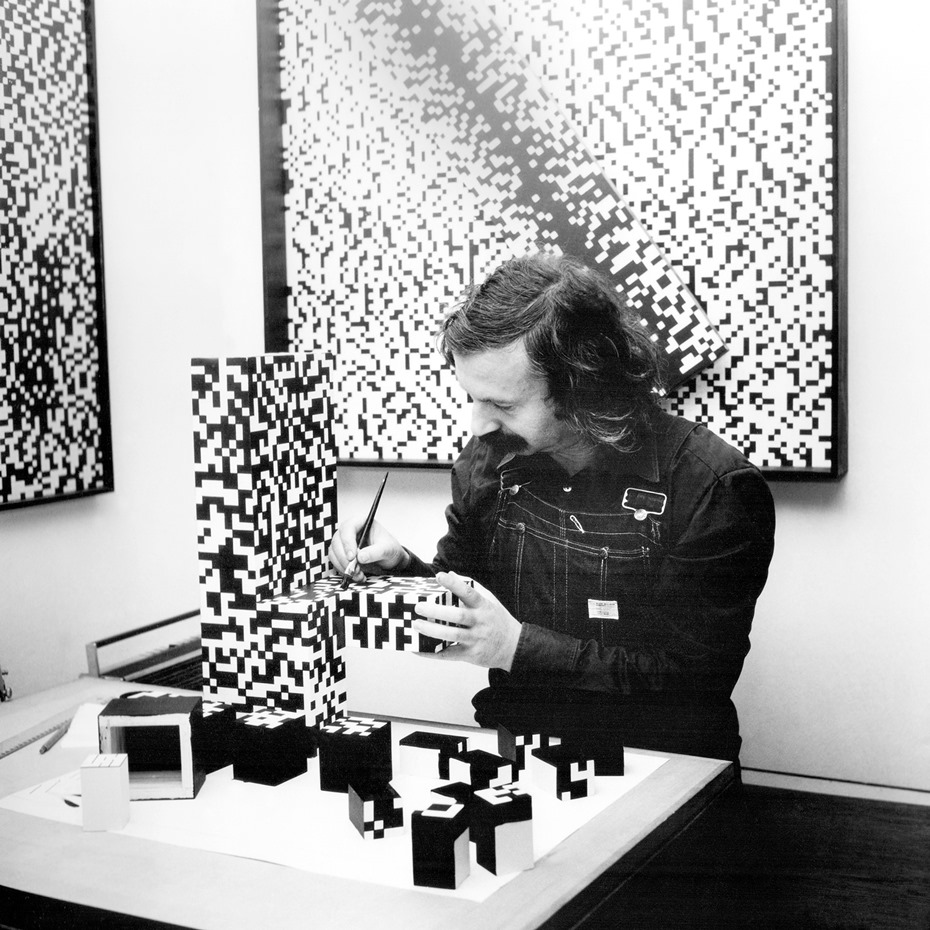

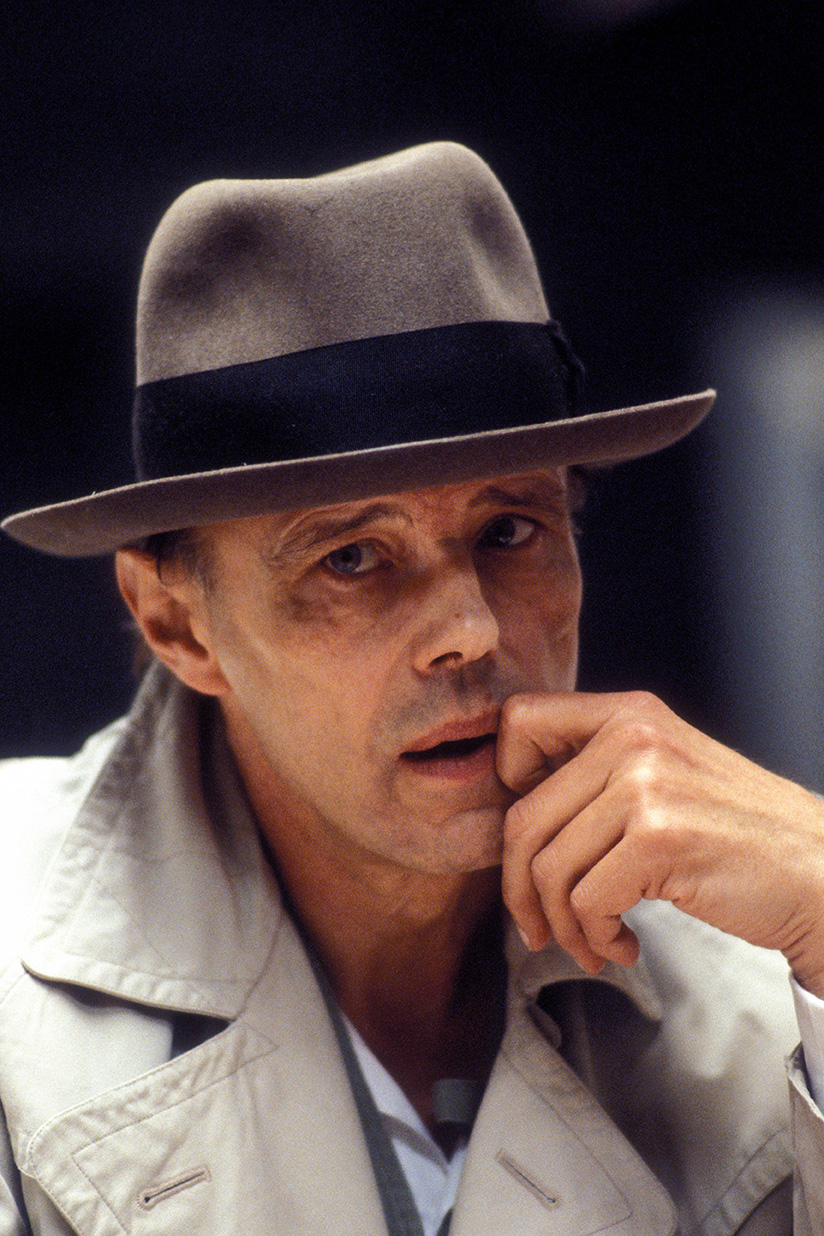
Joseph Heinrich Beuys was a German artist, renowned for his significant contributions to the realms of sculpture, painting, and installation art, which have left a lasting impact on the culture and art world. His work transcended traditional boundaries, merging art with social theory and politics, thus redefining the role of the artist in society. Beuys's unique approach to materials, incorporating substances like fat and felt, symbolized healing and insulation, reflecting his broader philosophical and ecological concerns.
Beuys's art was deeply influenced by his experiences during World War II and his academic background in natural sciences and sculpture. His concept of "social sculpture" proposed that art could transform society, emphasizing creativity as a fundamental component of human existence. This vision led him to use his performances, or "actions," as a medium to communicate his ideas, making him a pivotal figure in the Fluxus movement. Notable works such as "How to Explain Pictures to a Dead Hare" and "7000 Oaks" exemplify his innovative use of performance and environmental art to engage and challenge the public.
His legacy is preserved in major museums and galleries worldwide, including the Museum of Modern Art in New York and the Tate Modern in London. These institutions house key pieces that exemplify Beuys's diverse artistic output, from his early drawings and sculptures to his later installations and public interventions. His influence extends beyond the art world, impacting environmental activism and educational reform, underscoring his belief in the transformative power of art.
For collectors and experts in art and antiques, Joseph Heinrich Beuys remains a figure of immense interest, not only for his groundbreaking artworks but also for his profound impact on contemporary art theory and practice. To stay informed about new product sales and auction events related to Beuys, we invite you to sign up for updates. This subscription ensures you are always in the loop regarding opportunities to engage with the enduring legacy of one of the most influential artists of the 20th century.

Lothar Wolleh is a German photographer.
Lothar Wolleh had a difficult fate: after the war he spent many years first in Allied captivity and then in the USSR, and only after returning to Berlin in 1956 was he able to resume his education at Lette-Verein, the school of photography, design and fashion.
As one of the most expensive and well-known photographers in the FRG of the 1960s, Wolleh worked successfully in fashion and advertising, collaborating with Deutsche Bundesbahn, Tchibo and Volkswagen. In 1969, Wolleh traveled around the Soviet Union for several months. Photographs taken on this trip were included in the illustrated book "The USSR - The Soviet State and its People", published in 1970.
But Wolleh's greatest fame and popularity came from his 109 portraits of contemporary artists. He began this series in the late 1960s and devoted all the following years of his life to it. His works are so recognizable and distinctive that they often became the reference portraits of the photographed artists.


Günther Uecker is a German sculptor, op artist and installation artist.
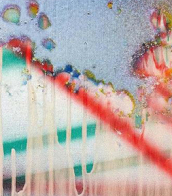
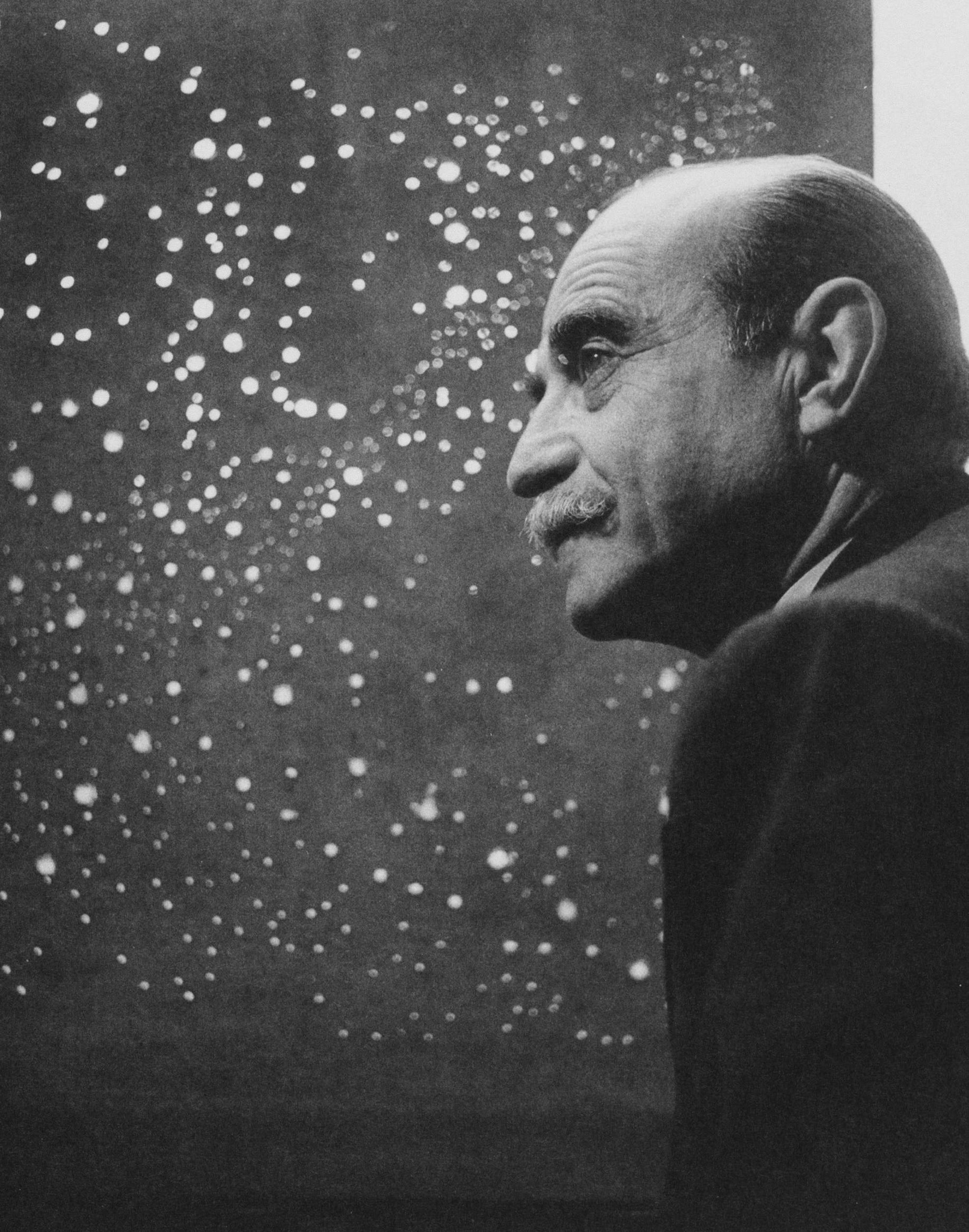
Lucio Fontana was an Argentine-Italian artist known for his pioneering work in the field of Spatialism, an artistic movement that explored the relationship between space and art.
Fontana studied sculpture at the Academy of Fine Arts in Milan, Italy. In the 1940s, he began experimenting with a technique he called "Spatial Concept," in which he punctured or cut holes into the canvas to create a sense of depth and dimensionality.
Throughout the 1950s and 1960s, Fontana continued to explore the possibilities of Spatialism, creating works in a variety of media, including sculpture, ceramics, and painting. One of his most famous series of works is the "Tagli" (Cuts), which consist of monochromatic canvases with one or more slashes or punctures.
Fontana's work had a significant influence on the development of the Arte Povera movement in Italy, as well as on the development of Minimalism and Conceptual Art. He exhibited his work widely in Europe and the United States, and his legacy continues to be celebrated by artists and critics today.
Fontana's innovative approach to art and his exploration of the relationship between space and form continue to be a source of inspiration for artists working in a wide range of media.

